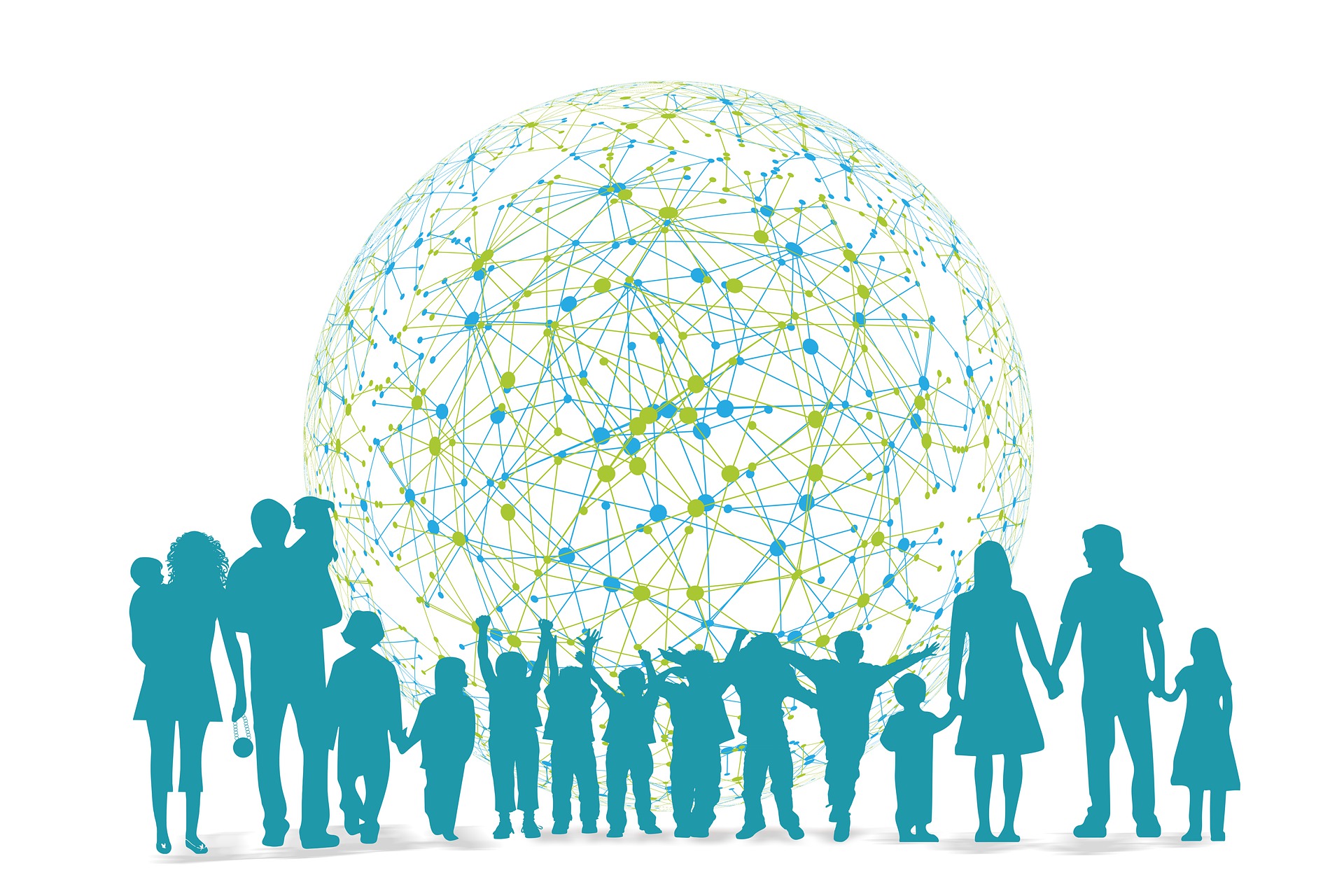The Power of Knowledge Sharing and Why We Built the Community Asset Mapping Platform (CAMP) to Help Organizations Like the CLI Professional Group
The Continuous Learning and Improvement Professional Group (CLI) was created by Asemio, CAP Tulsa, City Year, ImpactTulsa, and Youth Services of Tulsa. CLI offers a collaborative space for peer learning to explore how continuous improvement efforts can support our community.
Asemio is a participant in the CLI network because we believe in the power of working together and we take a collaborative approach to everything from developing software to working with our partners. CLI offered an opportunity to learn from and support organizations interested in continuous improvement that are also working in the social impact space.
Our Community Asset Mapping Portal (CAMP) was created to support collaborative action and knowledge-sharing activities and is available to CLI members. Keep reading to learn more about asset mapping, why we built this tool, and the benefits it offers to communities and networks like CLI.

What Is Community Asset Mapping?
The need for multi-sector collaborative action has only grown in recent years. ‘Wicked problems’ continue to threaten our communities, and as a result, coalitions have emerged, with individuals and organizations coming together to tackle their most pressing community needs.
Community asset mapping is useful for participants of collaborative action initiatives focused on outcomes improvement. It can offer insight into how better to align the resources and organizations that exist within a community to advance community interests more effectively.
A basic approach to asset mapping can be as simple as creating an inventory of community-based organizations. While useful, that approach offers a static view of community assets. Other approaches increase the complexity–and insights–by highlighting dimensions like the relationships between partners (e.g., shared focus area or participation in the same community projects). Dynamic visualizations (e.g., interactive network graphs) offer even greater opportunity for insight.
Understanding what relationships and experiences communities have to offer can shed light on fresh opportunities to make connections and elevate ways to combine and share knowledge, expertise, and best practices. This is, in part, why we created the Community Asset Mapping Platform (CAMP).
Why We Created The Community Asset Mapping Platform
After nearly a decade of working to support collaborative community initiatives, we’ve become familiar with the challenges that collaborative groups often face when looking for centralized places to store relevant information and map their network.
Many existing solutions rely on enterprise-level software that does not always meet the specific needs of social impact collaborative action. Drawing upon our domain and technical expertise, we developed CAMP to offer social impact collaboratives a specific tool that supports and centralizes their efforts.
CAMP is a knowledge-sharing platform designed to support exploratory discovery via a repository of people, organizations, collaboratives, projects, and resources relevant to a community’s work. This strengthens institutional memory and elevates community experiences, which increases the likelihood that organizations can find “shoulders to stand on” when approaching their work. Additionally, CAMP houses a curated resource library that offers white papers, articles, toolkits, and other media relating to best practices. CAMP also offers an increased understanding of relationships and connections between entities (e.g., participation in projects, shared geography, common partnerships, etc.). This often reveals new opportunities for cooperation and, ultimately, more impactful solutions for communities.
How CAMP Positively Impacts Communities and Organizations
The Continuous Learning and Improvement Professional Group (CLI) is an example of the kind of initiative and community that CAMP was designed to support. CLI offers individuals using continuous learning practices in their day-to-day work a community in which to share best practices, consult their peers about the individual projects they are working on, and discuss challenges with others tackling similar issues.
When Asemio joined the group of local agencies that helped create CLI Tulsa, we immediately recognized that sharing knowledge, best practices, and resources would be fundamental to supporting CLI’s cooperative work. Yet, as a collaborative group that includes members from multiple organizations, CLI faces the common challenge of keeping everyone informed and up to date.
Using CAMP, members create an account to gain access to information connected to the CLI Professionals Group to support asynchronous discovery and information sharing to supplement regular CLI meetups. Members also have access to a member directory and can explore a resource library with content related to continuous improvement. This means stakeholders and participants have a place to easily find memberships lists and contact information, project goals and statuses, relevant resources and information, and details about project implementation.
With every new community that integrates CAMP into their work, we look forward to the opportunity to refine, expand, and improve upon the platform’s functionality, which aligns with the principles of continuous learning that we integrate into our work every day.
Learn More About Asemio

Asemio has been helping communities collect and share valuable social impact data since 2013. Our purpose-driven technology supports outcome improvements across health, education, criminal justice, and human services initiatives.
Want to learn more about how CAMP could be an asset to your community?

